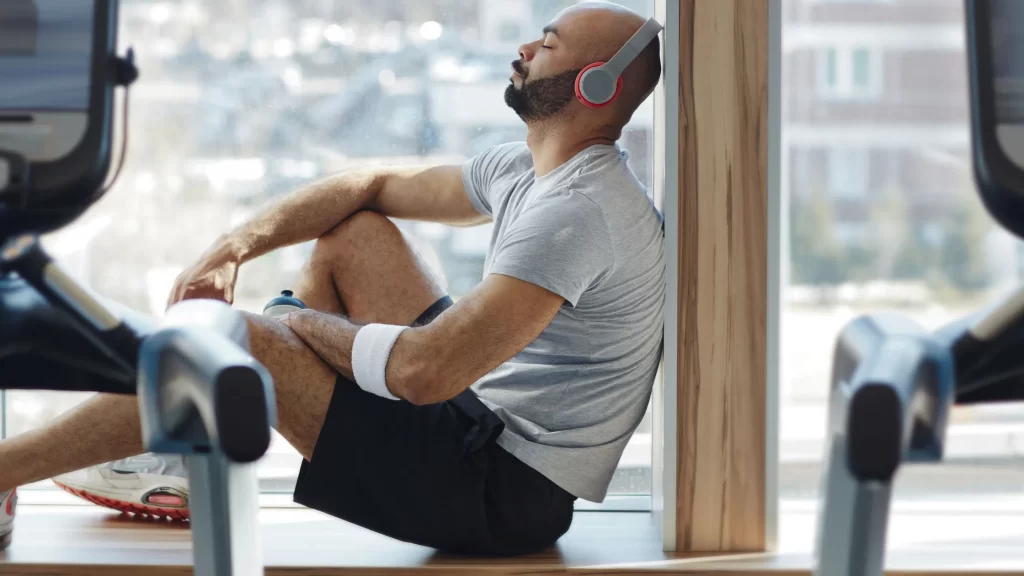In today’s fast-paced world, the gym is no longer just a place to build muscle or shed pounds. It’s becoming a sanctuary for mental rejuvenation, reflecting a significant shift in how we perceive fitness and well-being.
The Rise of Mindful Fitness
Recent statistics reveal a growing concern for mental health among the population. In 2024, 43% of U.S. adults reported feeling more anxious than the previous year, a notable increase from 37% in 2023 and 32% in 2022. This trend underscores the need for spaces that cater not just to physical health but also to emotional and psychological well-being.
Fitness centers are responding by integrating elements that promote relaxation and mindfulness. This includes softer lighting, natural materials, and plant-filled spaces designed to create a calming environment. Such design choices aim to reduce stress and promote a sense of tranquility among gym-goers.
Designing for the Mind and Body
The incorporation of mindful design elements is becoming increasingly prevalent in gyms. Color psychology plays a significant role, with calming hues like soft blues, greens, and earth tones used in recovery and meditation areas to promote a sense of balance and renewal. Conversely, vibrant shades like reds and oranges are employed in high-energy zones to stimulate and energize users during intense workouts.
Acoustic design is also a key consideration. Sound-absorbing materials and white noise systems are utilized to create quiet zones within the bustling gym environment, offering members a mentally restorative experience.
Embracing Recovery and Regeneration
Recognizing that mental recovery is as crucial as physical recovery, gyms are dedicating more space to recovery areas. Features such as nap pods, infrared saunas, and cryotherapy are becoming popular, providing members with tools to reduce stress and rejuvenate both body and mind.
These recovery zones are not just about physical rest; they’re about creating an environment where members can decompress and find mental clarity. By offering these amenities, gyms are acknowledging the importance of holistic health and the role of mental well-being in overall fitness.
The Digital Integration of Mental Health
Technology is playing a pivotal role in supporting mental health within fitness spaces. Gyms are integrating digital mental health tools, such as meditation apps and virtual wellness programs, into their offerings. These tools provide members with accessible resources to manage stress, practice mindfulness, and enhance their mental well-being.
By embracing digital solutions, fitness centers are extending their support beyond the physical confines of the gym, allowing members to maintain their mental health routines wherever they are.
A New Era of Fitness
The evolution of gyms into spaces that prioritize mental wellness reflects a broader societal shift towards holistic health. As anxiety levels rise and the importance of mental health becomes more recognized, fitness centers are adapting to meet these needs.
By integrating mindful design, recovery amenities, and digital mental health tools, gyms are transforming into sanctuaries that nurture both the body and the mind. This new approach to fitness acknowledges that true well-being encompasses more than just physical strength—it includes mental resilience and emotional balance.
As we continue to navigate the complexities of modern life, the gym stands as a testament to our evolving understanding of health. It’s no longer just about the workout; it’s about creating a space where individuals can find solace, strength, and serenity.



